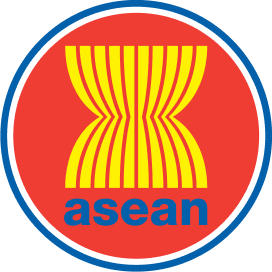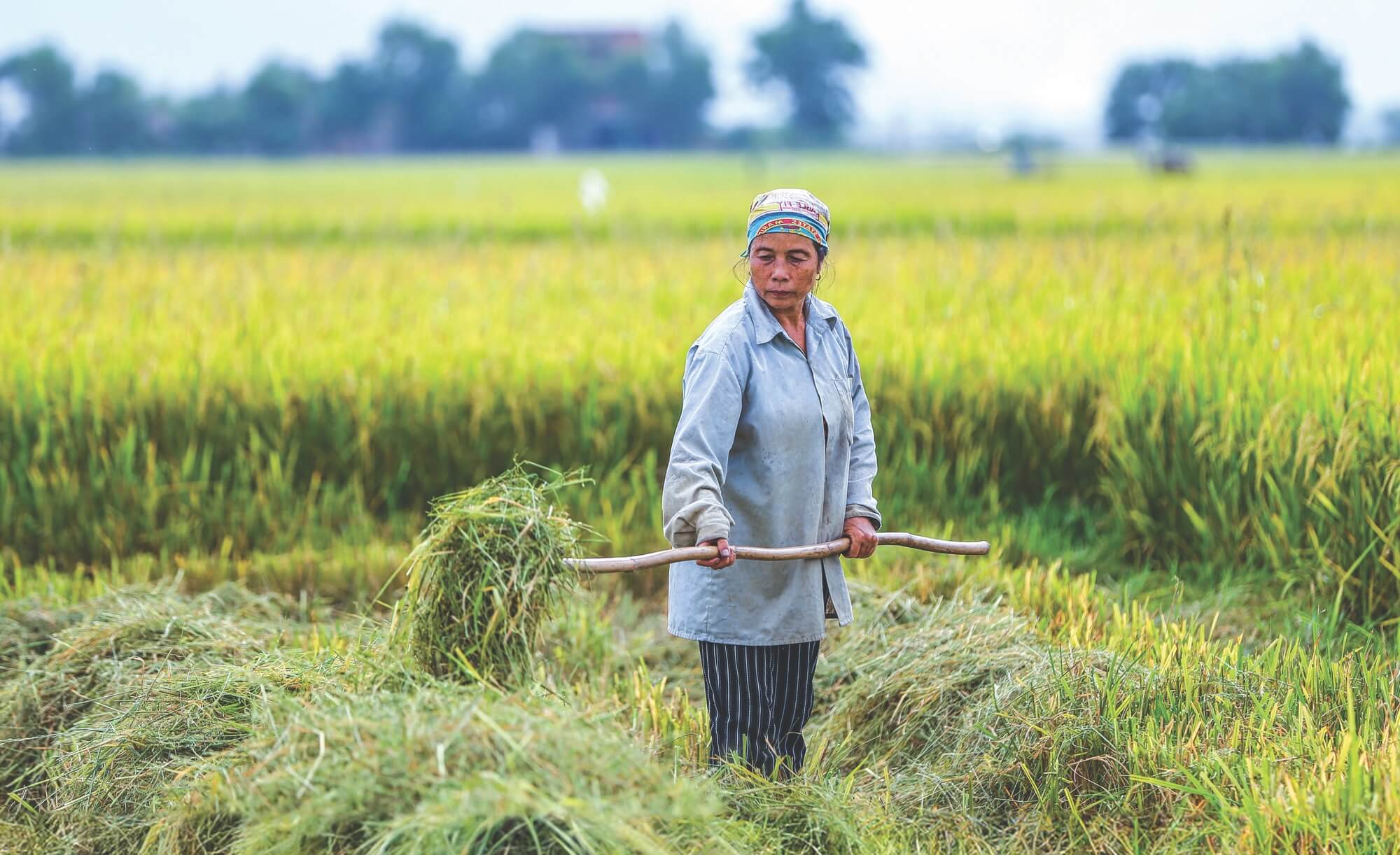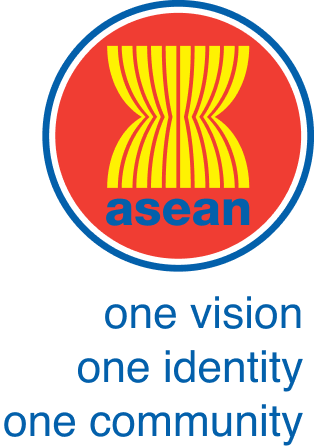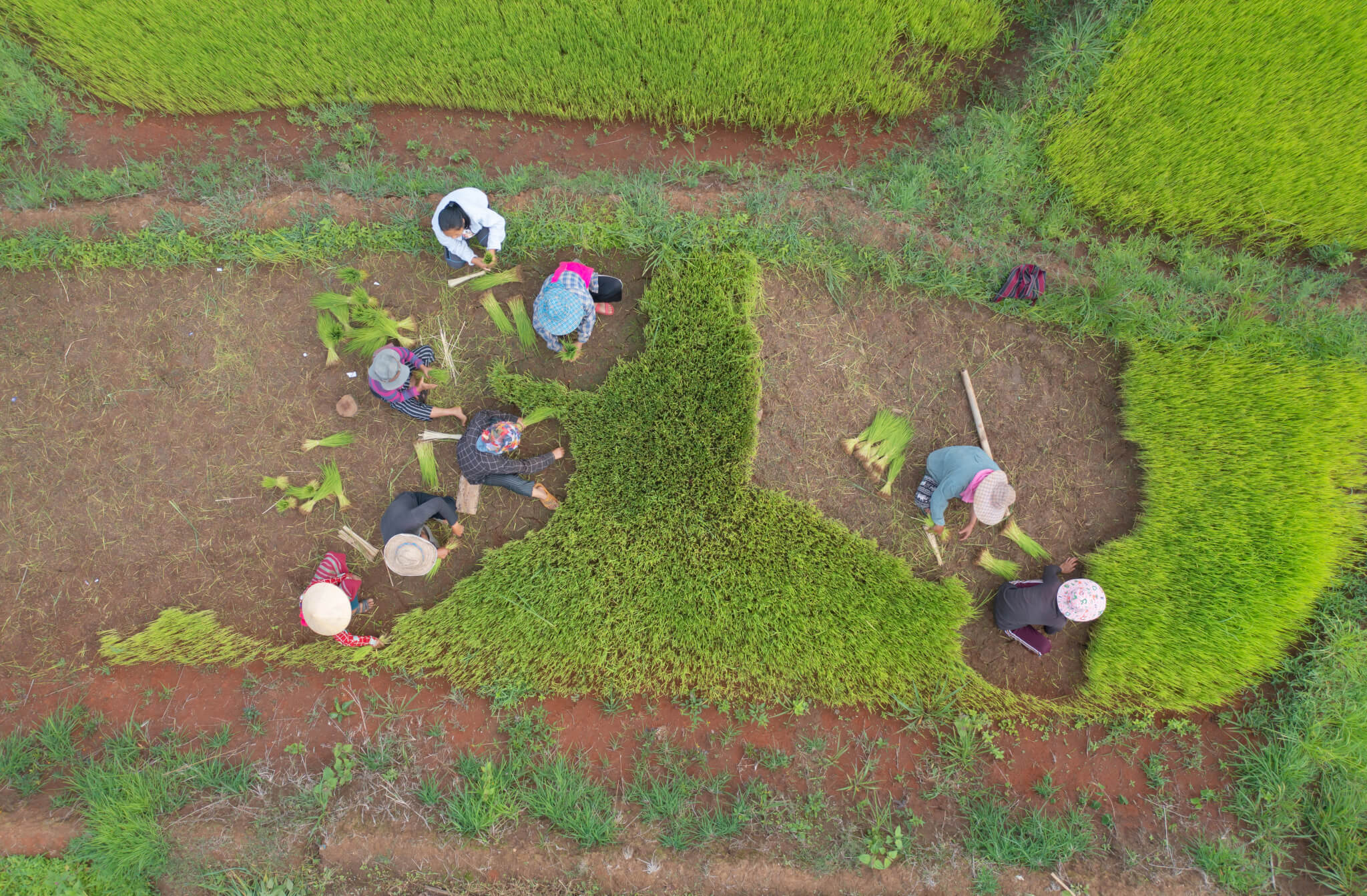
Introduction
The Natural Environment and the Built Environment are the canvas on which social choices made today define future development pathways and possibilities – for decades ahead. This Theme 2 will consider the impact on people’s lives of environmental factors, now and in the future. The theme will seek to put the environmental impacts into context by shining a light on technical understanding about the environment, the changes that are happening through ‘climate change’ (and why) – and the consequences of those changes to the extent that lives and livelihoods will be affected. The theme also considers how enhanced standards of living may themselves become drivers of damage to the environment. To make sense of these pressures and paradoxes, it is important to consider the meaning of ‘sustainable development’.
Sustainable development has, therefore, three inter-dependent pillars: the social, the economic and the environmental. The deep challenge of sustainable development is to keep the three pillars in balance – so that economic growth is accompanied by social equity and enhanced environmental stability. Unfortunately, this balance does not occur easily: a focus on growth (economic pillar) can disrupt the environmental balance in the short and the long-term; rarely does economic growth easily achieve equitable benefits for all members of society; and often it is the most deprived, vulnerable or marginalised communities and individuals who are most left behind by surges of economic growth (as discussed from varying perspectives in more detail in Theme 1, Theme 3 and Theme 4 in this report).
Throughout Theme 2 the opportunities and constraints that each of the three ‘sustainability’ pillars places on the others will be evident. Successful policy recognises that there is a ‘triple bottom line’ in which each of the three pillars is enhanced – or at least not damaged. Truly sustainable development interventions deliver positive results to all three pillars in a balanced way – social, environmental and economic gains go hand in hand (Raworth, 2017).
The theme is structured as follows:
Section 1 Climate Change overviews climate risk and response from an ASEAN perspective, detailing the risks presented by sea-level rise in particular, with its threats to human habitation, livelihood and to food production.
Section 2 Disaster Management and Section 3 Natural Environment highlight what natural disasters and the natural environment appear to be telling us about the risks of the inter-dependence between our intersecting worlds and discusses examples of ASEAN and national policy responses.
Section 4 Built Environment and 5 Sustainable Consumption and Production discuss how we should respond by asking how we should live in our built environments and how we should consume and produce.
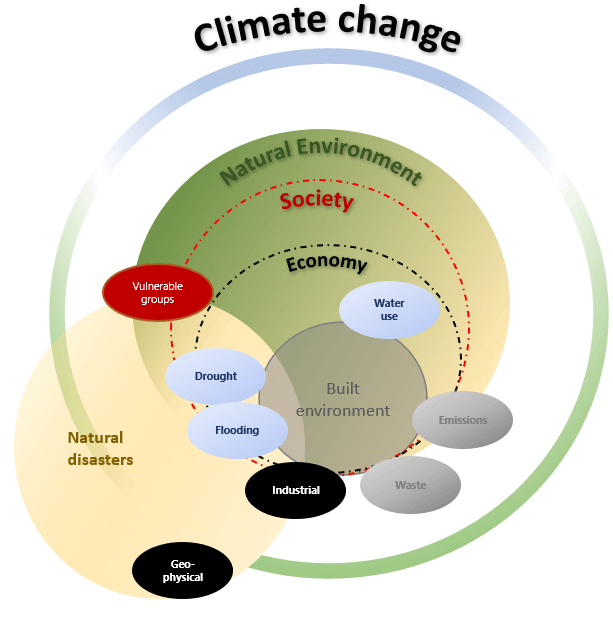
The Theme 2 topics of Climate Change, the Natural Environment, Disaster Management and the Built Environment are found together under one theme because they interconnect in fundamental ways. As depicted in Figure 1, each challenge has to be examined in relation to other challenges, in order to capture the many overlaps and inter-dependencies. Addressing all the issues collectively requires an integrated and long-term approach of several decades. Measures that are adopted in order to respond, for example, to short-term pressures or development-partner focus, will tend to fall short.
Climate change is here already; it brings impacts to the built and the natural environment. It also magnifies the frequency and magnitude of natural disasters. These disasters have greatest impact on the poorest people and communities in the region, where socio-economic capabilities and resilience are weakest. This is the web of interactions that policy interventions need to hold in view where possible.
To read the full report, please download to the link above.
